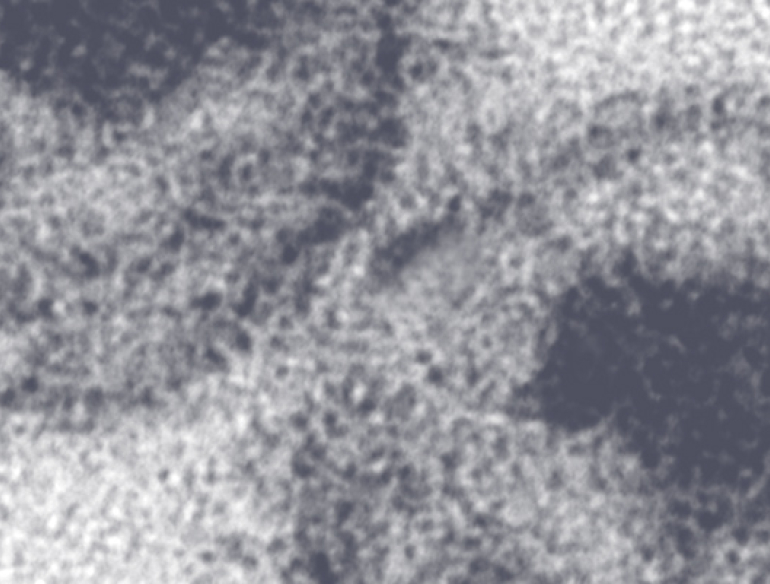- Cryptosporidium parvum is a parasite which has been recognised as a human pathogen since 1976. Over the last decade, Cryptosporidium has also been recognised as an important cause of opportunistic illness in people with HIV infection.
- Cryptosporidium infection is acquired through ingestion of oocysts excreted in the faeces of infected humans and animals. Modes of transmission therefore include person to person transmission, contact with infected animals, and ingestion of faecally contaminated water or food.
- In people with HIV infection, the clinical presentation of Cryptosporidium infection varies considerably, and includes asymptomatic colonisation, self-limiting diarrhoea, and life-threatening intractable watery diarrhoea and biliary disease.
- Over the period 1983 through 1994, over 1,400 people with AIDS were cared for by the St Vincent’s Hospital HIV Unit in Sydney. In 1995, a review of patient medical records was undertaken to examine AIDS illness incidence trends. Among the 1,394 people with available information, 145 (10.4%) had developed Cryptosporidium infection. Of these 145, cryptosporidiosis was the AIDS-defining illness in 60 (41.3%).
The Australian HIV Surveillance Report has been published on a quarterly basis from July 1990. Reports published from January 1994 are available below. Each report includes article(s) on topics of general interest in the epidemiology of HIV and related infections updates on the number of cases of newly diagnosed HIV infection and AIDS in Australia estimates of HIV incidence and prevalence among people seen through a network of sexual health clinics in Australia.
The Australian HIV Surveillance Update provides a brief summary of HIV and AIDS diagnoses in the most recent quarter, the most recent year and cumulative counts. The Australian HIV Surveillance Update was published separately prior to the July 2000 issue of the Australian HIV Surveillance Report. Updates post April 2000 are included in the Australian HIV Surveilance Report.
